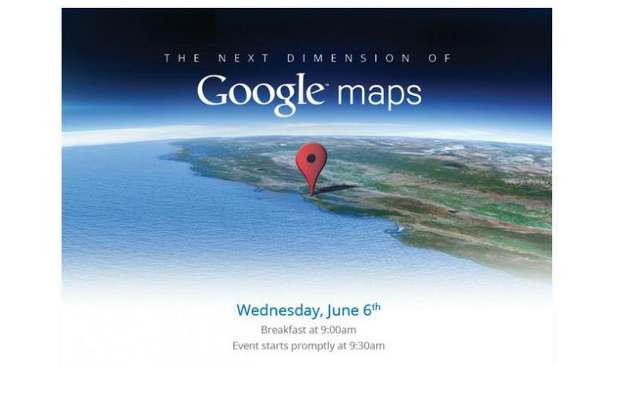Google has started rolling out Chrome OS version 72. It was inthe beta stage till now. It brings native Google Assistant integration, Picture-in Picture video playback, changes to the Cast UI and security improvements. Assistant will now be natively available on all Chromebooks.
Rather than being sidelined at the bottom left corner, it can take center of the stage and is treated to a greater window. Otherwise, it does the same Assistant things as on any other device, responding to Hey Google answering questions and helping you stay organised. The Cast interface has been reworked, and now you get the Cast icon as well
At top right corner with blue colour schema of the old implementation fought to make way for a more straightforward gray-on white. Picture-in image is available in Chrome OS after its introduction in the Chrome Browser some time ago and here it is the default way to open neighborhood videos from the browser.
Under surface, Google addressed the problem of rubber ducks – vulnerability which allows Universal Serial Bus devices masquerading as keyboards to execute commands while the Chromebook is not awake. Called USBGuard, the brand new feature dismisses input from connections whilst the unit is locked, only to restart them whenever you unlock it. It can be disabled if you want to live dangerously. The upgrade should roll out to each of Chromebooks over the next days’.
Moving to Map, in the technology giant’s 2018 IO developer conference, Google announced a brand new feature it was working on for its navigation program which uses a combination of AI, AR along with your phone’s camera to assist with the real time way findingwhile using google maps.
More importantly, this feature uses imagery from your own camera along with location data in coordinate with your location through Google Street View, and with this info, will be ready to overlay visual cues like arrows on your live camera feed.
The same technology may be in a position to point out landmarks, business and restaurants in the towns that it is active in. Testing is underway. Even though the Google Maps AR feature was declared halfway through 2018, it hasn’t arrived on any consumer device, but The Wall Street Journal was able to test an early version of it claims is a report that Google has only made the feature available to some consumers for testing at that moment and anticipates a release later, as several aspects of the UI require refinement.
The present the AR feature version requires users to hold the camera up and points toward a nearby points, where point Pierce noticed that it only took a few seconds, to realize where it was with remarkable precision. Google has not given any indication of a date as to when this feature will become widely accessible, and Pierce notes that it’ll arrive only when Google feelsit is ready.


